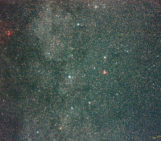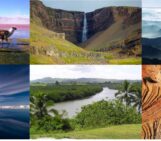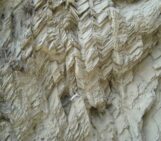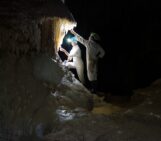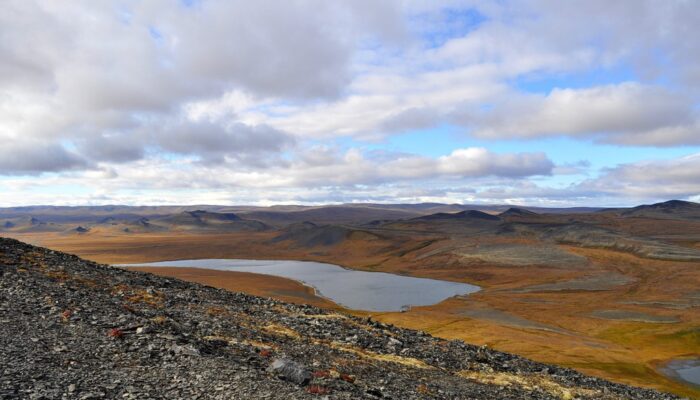
Close your eyes and try to imagine first thing which comes to your mind, when somebody says “Tundra”. What would you imagine?
Being a master student, I imagined cold, flat and a dead field. In fact, Tundra turn out to be completely different, at least in September 2010, when I and my colleagues were lucky to visit it.
As it is well known from textbooks no big trees grows in Tundra, however, the local mosses were full of colour and various berries.
Those hills (on the photo), called “sopkas”, build up the amazing landscape of tundra. Those hills are not originated volcanically or as debris. Those are conglomerations of stones pushed up from the ground by permafrost during melting-freezing cycle. So, each sopka should grow a little every winter, representing a magnificent power of permafrost.
Description by Alexandra Loginova, as it first appeared on imaggeo.egu.eu.
Imaggeo is the EGU’s online open access geosciences image repository. All geoscientists (and others) can submit their photographs and videos to this repository and, since it is open access, these images can be used for free by scientists for their presentations or publications, by educators and the general public, and some images can even be used freely for commercial purposes. Photographers also retain full rights of use, as Imaggeo images are licensed and distributed by the EGU under a Creative Commons licence. Submit your photos at http://imaggeo.egu.eu/upload/.

